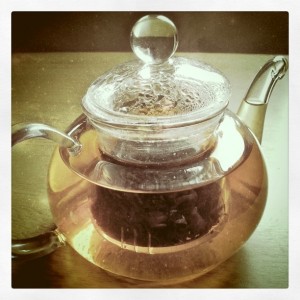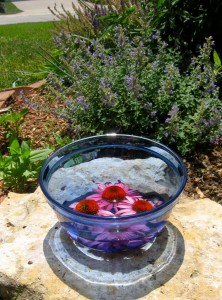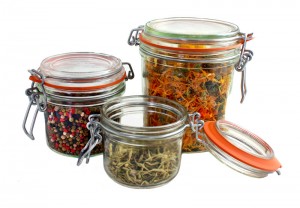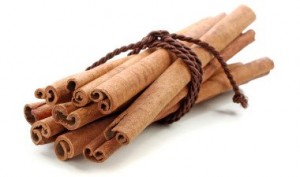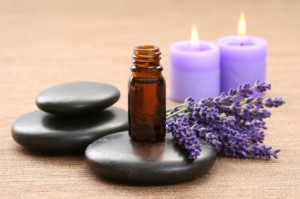
Aromatherapy is the art of healing with essential oil. These can be used in massage and inhalation techniques. Added to bathroom products such as soap, skin creams, bath gel, shampoo, bath salts and straight into the bath water itself.
Aromatherapy also involves the use of incense, potpourri, steam inhalations, scented candles and fresh flowers.
How it works:
Smell – When we smell a fragrance, we take its healing molecules into our bodies. It is said by some that the fastest way for some healing techniques to enter our body is through inhalation.
Through the skin- Essential oils applied to the skin are absorbed into the bloodstream to help take immediate effect.
Emotionally: Aromatherapy is emotionally healing due to smells being able to trigger happy memories. Smells like cinnamon, apple, and ginger bread can take many back to a happy childhood holiday memory.
